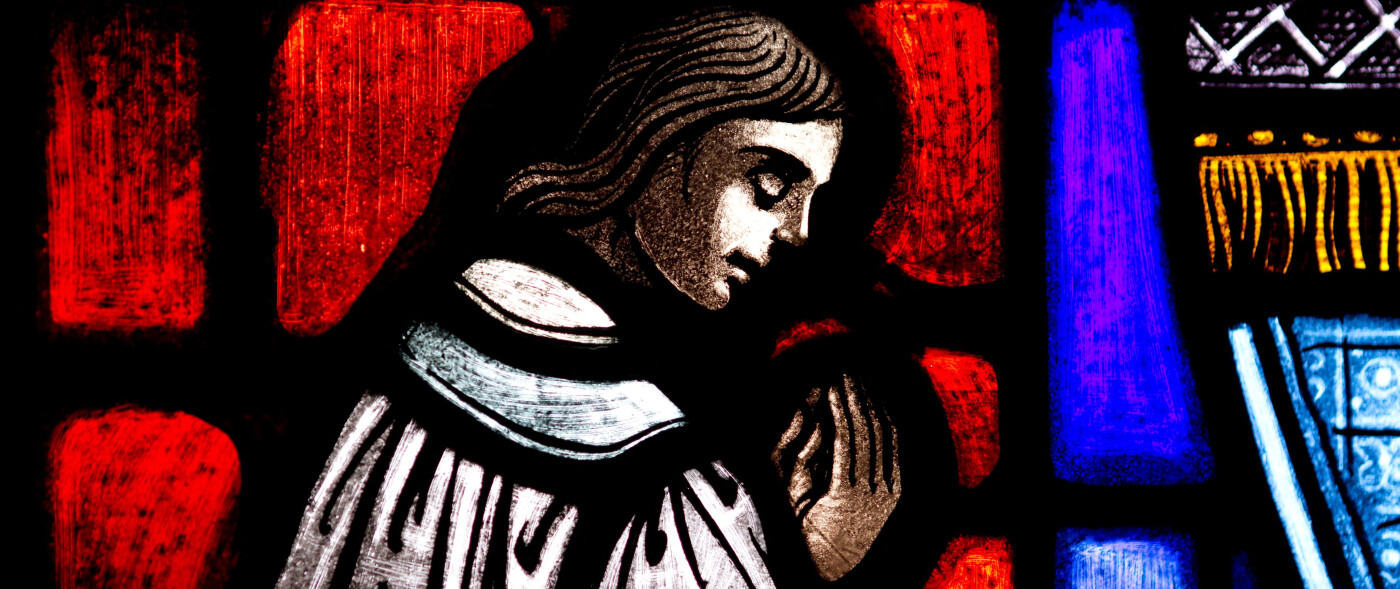Second Sunday of Easter: John 2-:19-31
The Gospel lesson today records two occasions on which the risen Jesus appears to his disciples. The first on the evening of the Lord’s resurrection (that is, Easter Day), and the second a week later (that is, today). On both occasions the disciples are gathered behind locked doors out of fear. Both times Jesus appears to them, he speaks a word of peace. Both times the disciples come to a joyful recognition of the Lord.
What’s different is that Thomas is absent the first time Jesus comes.
The others tell him, “We have seen the Lord” (John 20:25). To which Thomas infamously responds, “Unless I see in his hands the print of the nails, and place my finger in the mark of the nails, and place my hand in his side, I will not believe.” The exclamation has earned him (fairly or unfairly) the moniker of “doubting Thomas.” But coming from Thomas, it seems pretty characteristic. Not so much because it expresses doubt, but because it’s a bit impetuous. Thomas, after all, is the one who loudly declared to the others, “Let us also go [with Jesus to Jerusalem], that we may die with him” (11:16)—but was not there when Jesus died. Maybe a better name for Thomas would be Hasty or Headstrong.
Notice, too, that what the disciples tell Thomas echoes what Mary Magdalene (the first to see the risen Jesus) told them on Easter morning: “I have seen the Lord” (20:18). Mary is a faithful witness—just like her Lord (see Revelation 1:4)—telling the disciples what the Lord Jesus told her. But notice that they do not believe until the Lord reveals himself to them. Even after Mary’s testimony, they are still full of fear. So Thomas isn’t really all that different from the other disciples. He, too, refuses to believe their testimony until he sees what they have seen. Thomas does go further in his insistence on putting his finger in the mark of the nails and his hand in the pierced side (v. 25). But he is just like the others in withholding belief until the risen Jesus stands before him.
Jesus reveals himself to Thomas in the same way as to the other disciples: speaking peace (20:19, 26) and showing his wounds (vv. 20, 27). The risen Lord even commands Thomas to do what he (Thomas) had demanded: “Put your finger here … put [your hand] in my side,” adding, “Do not be unbelieving, but believing” (v. 27). And Thomas responds with a spontaneous and joyful cry of recognition: “My Lord and my God!” (v. 28).
Did you notice what the text does not say? It does not say that Thomas actually put his hand in the Lord’s side. Instead, the text moves immediately from the Lord’s words to Thomas’ cry of faith. This gap, I think, is important. Thomas believes because he has seen the Lord. That is enough. Jesus humbly offers his wounds for Thomas’ touch, but one look is enough for Thomas to know his Lord. Thomas believes because he has encountered the Lord.
Here is the good news for us: we have not seen the risen Jesus in the flesh (like the disciples did), but we can still encounter him. And this is the heart of the Christian life, encountering the risen Lord Jesus. We have not seen him, but the Lord Jesus still gives himself to us. As Pope Benedict XVI puts it, “he encounters us ever anew, in the men and women who reflect his presence, in his word, in the sacraments, and especially in the Eucharist.”
This Eastertide, may our Lord renew his encounter with you, and may you respond with Thomas, “My Lord and my God!”
The Rev. Chris Yoder is the curate for traditional worship service and young adult formation at Church of the Incarnation in Dallas.


